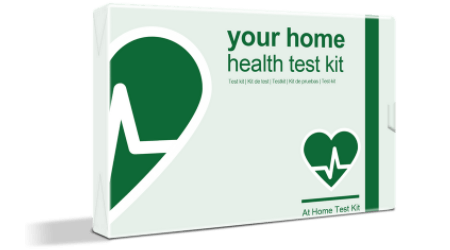There are many options out there for allergy testing these days to determine which one is the right method for you. One of the methods is the classic skin prick allergy test. This has been long-thought as the prime method of allergy testing and certainly has its benefits. Here’s what you should know-how about it
How does the skin prick allergy test work?
The classic prick test works by introducing a tiny amount of an allergen to the skin. This is often done by a series of needles that inject trace amounts of a wide spectrum of allergens directly underneath the skin. The test will offer up potential results by a welt arising directly on the skin where the needle goes in. The results can take 20-30 minutes to show up, but the response and the result that comes up will be matched with the grid-like pattern of the injection itself. This will give you a conclusive idea of the allergen. The welts are not painful and fade after a day or two at the most. This is faster if the welt is minimal.
Benefits of the skin prick allergy test
There are quite a few benefits to considering this kind of test for your detection and confirmation of suspected allergies. Some of them include:
- Results are back in 20 minutes: The results of an allergy test — good or bad — are back to you within 20 minutes and they’re clear as day in the fact that a welt has either swollen up or not. This is convenient for those who want to know instantly what they are allergic to. The allergist will often refer you a specialist for more information and detail as well.
- You can test for various allergens at once: The skin prick is designed to offer up multiple allergen samples at once. This means you don’t need to come in, again and again, to get multiple tests done. They’re all conducted at the same time, and the results will be clear in all niches and common allergen areas.
- They’re tested in a lab for ultimate safety: If you are apprehensive of a suspected severe contact allergy or other skin concerns, a skin prick test is done in a lab with experienced professionals that will be able to help out if the need arises. This can be helpful if you have questions about the test itself if you have sensitive skin, too. There’s a lot to be said for being in a professional and experienced environment that way.
How you get tested for potential allergies is entirely your choice, but there is certainly nothing wrong with the idea of the skin prick allergy test. It’s been around as the classic allergy test for a reason, so you can find some comfort in knowing that this is the technique that has been used for quite a long time. The goal is to use a testing technique and method that suits your needs and comfort level at the end of the day.

